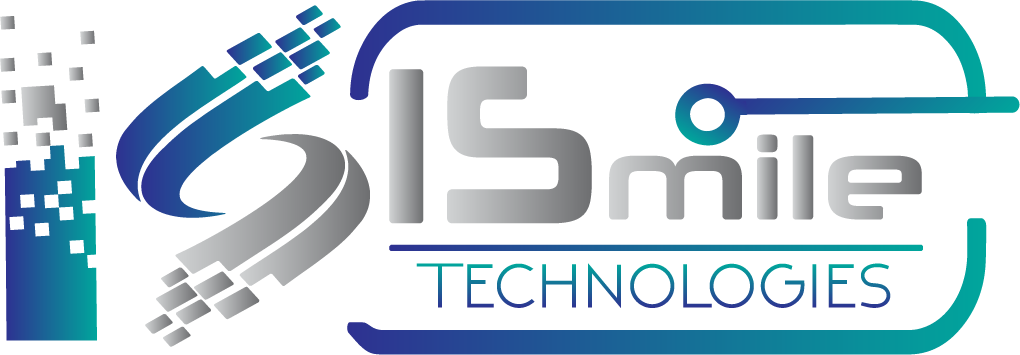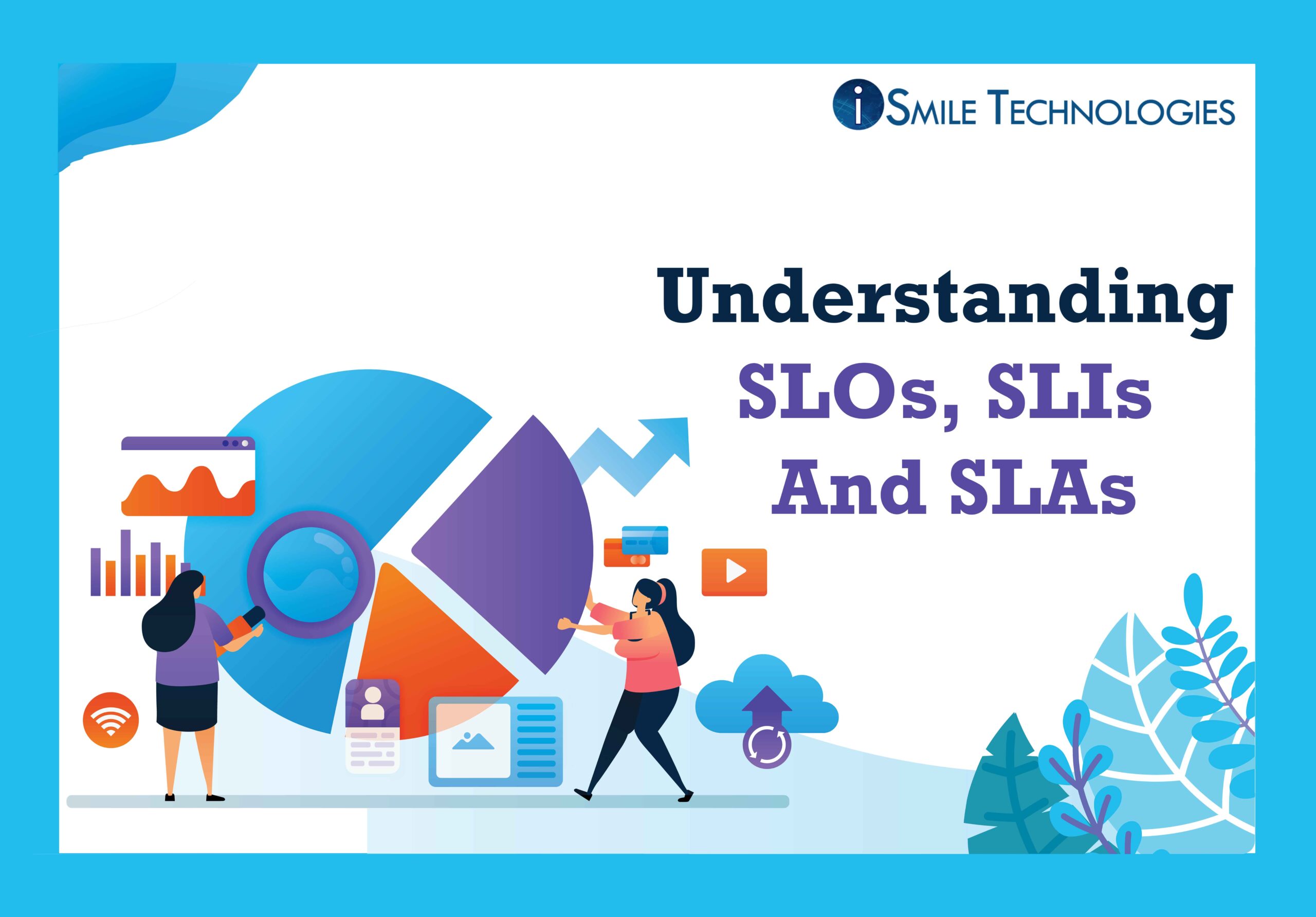“SLIs drive SLOs which in turn inform the SLA”
- SLOs (Service Level Objectives)
SLOs are specific sets of targets that define the objectives that the service provider has to meet. SLO parameters generally include availability, throughput, reliability, etc. SRE believes that the core requirement of success is availability. In the context of SRE, availability can be defined as a system being able to perform the required function expected from it at a point in time. While enacting SRE within an organization, we tend to set a numerical function to measure availability. It is known as the availability service level objective of the system. The other objective is the reliability of the systems. If the reliability of a service increases, it becomes more expensive to operate. We state the lowest level of reliability that you can obtain from each service as our SLO. This is the benchmark of reliability that allows your stakeholders to decide whether your service needs should be made more or less reliable
- SLA (Service Level Agreement)
The contract agreement between the service provider and the user documents the list of services and the service standards that need to be maintained by the service provider. Generally, a service level agreement includes
- Details of the service being provided
- Service delivery standards
- Service delivery time
- Performance monitoring plans and metrics
- Details of how the reporting would be done
- Penalties in case of violation of terms in the agreement
- Challenges in meeting the standards
Ready to experience the full power of cloud technology?
Our cloud experts will speed up cloud deployment, and make your business more efficient.
While SLA is the contract agreement you make with the users, SLO is the specific objectives your team must meet to honor that agreement. We can better say that SLO is the subset of SLA.
- SLIs (Service level Indicators)
SLI is a service level indicator or a quantitative measure of some aspects of the levels of service that are being provided








